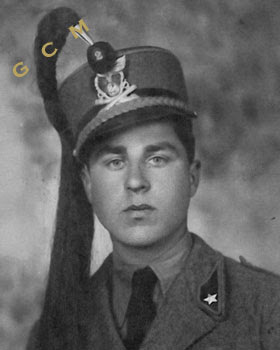Giovanni Zamparelli: "the most beautiful ship of the world" and the Armistice of Cassibile

Italy's famous sail training ship Amerigo Vespucci , the only Regia Marina ship still operational to this day, is known as “the most beautiful ship in the world”, as she was hailed in a radio message by USS Independence when they met in the Mediterranean in 1962. Built in 1931, she originally had a sister ship, Cristoforo Colombo . Giovanni Zamparelli, twenty years old, was a cadet onboard Cristoforo Colombo , attending the second year at the Livorno Naval Academy, when the Armistice of Cassibile was announced on 8 September 1943. Since its foundation in 1881, the Academy has always had its seat in Livorno, but in the summer of 1943, after Livorno had been heavily bombed, it had been temporarily moved to Venice. At the time of the proclamation of the armistice, Amerigo Vespucci and Cristoforo Colombo , which formed the Training Ship Group together with Palinuro , were carrying out a training cruise in the northern Adriatic Sea. What followed is described in Zamparelli's dia...



